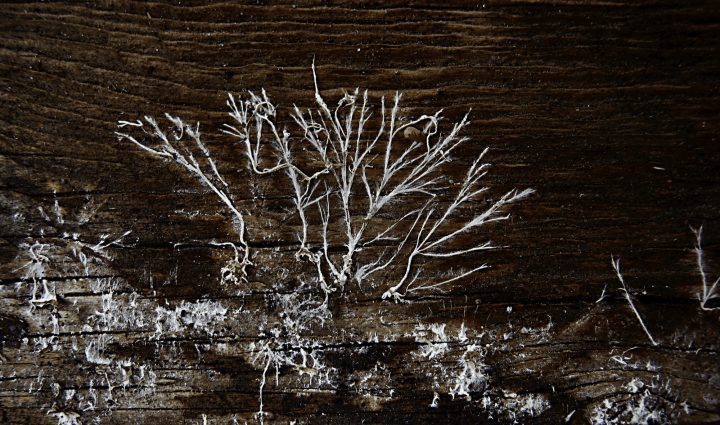Orchidantha inouei tricks dung beetles into pollination by mimicking the smell of the beetle's favorite food.
Introduction
Millions of years of coevolution among plants and animals have resulted in a fascinating and complicated array of relationships between species of the two kingdoms. These relationships range from mutually beneficial to parasitic. From the perspective of a plant that depends on animals for its pollination, it would be ideal to attract a pollinator using as little of its own energy and resources as possible.
The Orchidantha inouei plant, found in Borneo, has mastered this strategy by emitting a smell that attracts Onthophagus dung beetles without offering any reward (such as nectar) for pollinating its flowers.
The Strategy
Beetles of the Onthophagus genus dig tunnels below dung or carrion to transport the goods to a burrow where it is stored for use as food for the adult beetles and as a nursery for the larvae.
The trick to attracting these beetles then is to stink. The scent emitted by O. inouei seems to be more of a general dung-like odor, as it doesn’t smell distinctly enough like dung or carrion to attract dung or carrion flies. Luckily for the plant, the dung beetles aren’t discerning enough to tell the difference.
Like orchids, O. inouei has a labellum—a petal at the bottom of a flower that can be larger and shaped differently from the rest—that serves as a platform for pollinators to enter the flower. As a dung beetle crawls into the flower, it gets pollen on its back from the stamen that’s hidden among the petals. The stigma, which is the part of the flower that receives pollen from other flowers and is located in the same area of the flower as the stamen, secretes a mucus-like substance that could possibly work like a glue to hold the pollen onto the beetle’s back until it finds the flower of another O. inouei plant. The strategy used by O. inouei is appropriately called “deceit pollination”.
The Potential
Direct utilization of this dung-like scent might have limited applications for humans, but the chemistry behind it could inspire other scent-based attractants or repellents.
There is also a model we can learn from in the unbalanced benefits of the system. The flower may be taking advantage of the beetle, but not to a degree that is greatly harming the benefactor. The flower may not be offering the beetle any benefit yet identified, but it is not taking so much advantage as to hinder the beetle’s fitness for survival and reproduction. Even this unbalanced system has limits.








